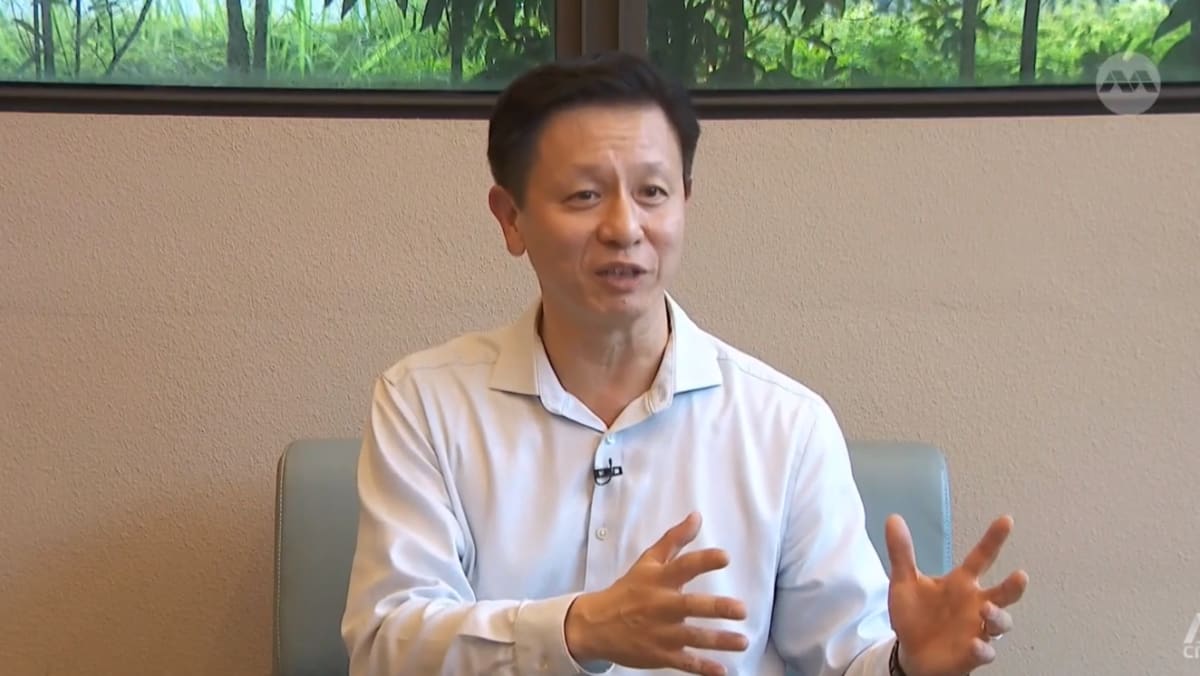
His team will then be able to analyse the challenges to see if there are interventions that will benefit all.
They keep track of the progress at the agencies and if it is not as fast as intended, they will engage them to find out why.
“Agencies will then be able to be very frank about some of the challenges and sometimes the challenges are not within the capabilities or regulations or the scope of the single agency,” he said.
“That’s where as a GCSO, I can hear the challenges of different agencies and be able to make sense and sometimes bring together multiple agencies to come together to solve problems.”
ADDRESSING THE CHALLENGES OF AGENCIES
He sees his role as a conductor, he said.
“The policy planners compose the music, individual agencies playing their sections (implementing), and as the conductor, I oversee the different parts to ensure coordination and harmony to bring out the best in every part.”
“If we address the agencies’ challenges in the journey, it will help us to understand the challenges that the rest of the society will face,” said Mr Lim.
He added that they have engaged corporate partners, who have shared their ideas.
“We were also able to point them to the right agencies … (and) they can take some of these ideas and go to the next step,” he said.
Mr Lim, who served as the chief science and technology officer at the Ministry of Sustainability and the Environment (MSE) before being appointed to his current position, spoke about the role the public sector can play.
THE ROLE OF THE PUBLIC SECTOR
With the public service having many large emitters like wastewater and incinerators, there is potential to further cut carbon emissions, he said.
Since the public sector is a big buyer of goods and services too, Mr Lim believes government procurement and standards may be an avenue to get others to go green faster.
This belief is being applied to the construction and information and communications technology sectors, which Mr Lim said are typically large accounts in terms of expenditure that have “significant” opportunities in terms of emissions reductions.

